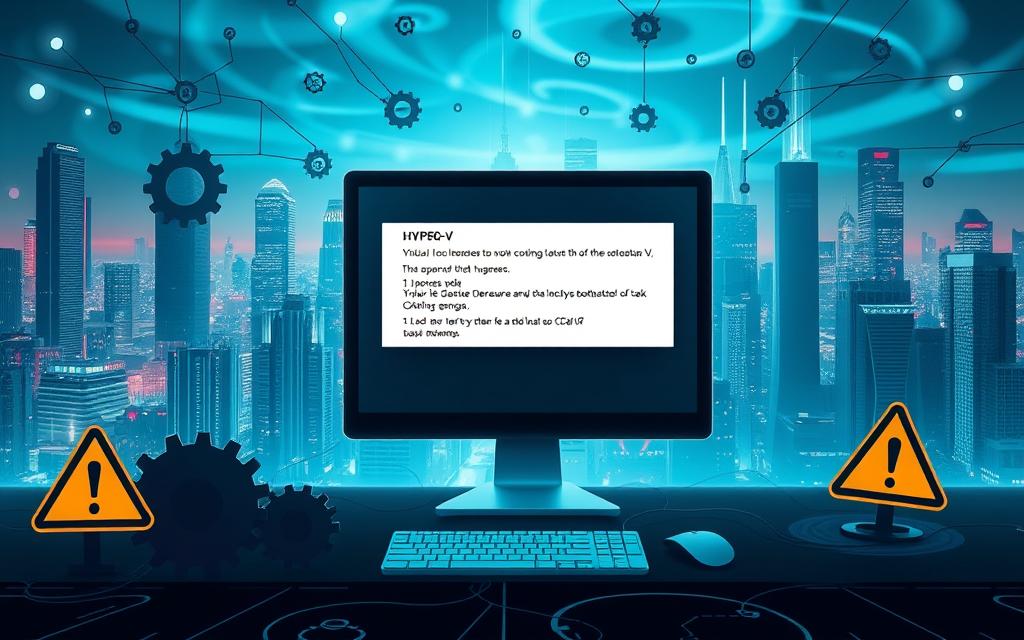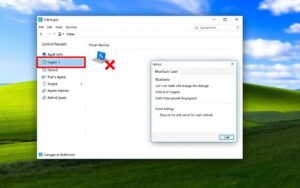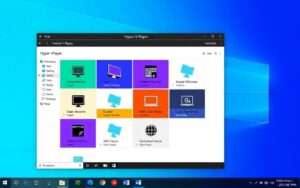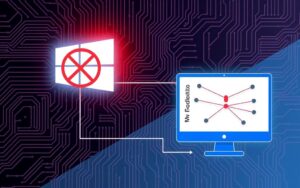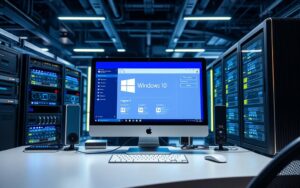Table of Contents
Many users have troubles with Hyper-V issues on Windows 10, especially launching virtual machines. They often see a message saying, “virtual machine could not be started because the hypervisor is not running.” This problem can come from many places like new Windows updates or system settings. Solving these virtualisation problems is key to using Windows 10 Hyper-V well, as it’s important for managing virtual machines.
To fix troubleshooting Hyper-V problems, it’s important to know how to solve them. This includes starting the Hyper-V service, turning on the Hyper-V feature, and using Command Prompt to change settings. Users should also check their system for old drivers and conflicts with other software, as these can make issues worse. Looking after your system properly and making the right changes can really improve using Hyper-V technology.
Common Issues Causing Hyper-V Not Working on Windows 10
Many users struggle with Hyper-V on Windows 10, often seeing a hypervisor error message. This issue may occur even with Hyper-V enabled. The trouble could stem from several factors, like key services being inactive or clashes with other virtual machine programs, like VMware or VirtualBox. It’s vital to properly tackle these with virtualisation troubleshooting for a better experience.
Understanding the Hypervisor Error Message
The hypervisor not running error is a common source of annoyance. To solve this, check if the Hyper-V Virtual Machine Management service is on. If not, you might see virtual machine errors. Consider also if recent system updates have disrupted Hyper-V. For help with compatibility problems, click here.
Virtual Machine Launch Problems
Starting virtual machines sometimes fails, showing an error that they couldn’t start. This issue usually relates to the hypervisor not running. Make sure the Hyper-V Virtual Machine Management service is active. Setting this service to start automatically might fix these errors. If you still have trouble, event logs might offer clues, especially regarding service errors.
Running certain PowerShell commands has helped some users fix their setup for starting virtual machines. Sharing these successes with the community can help others facing similar Hyper-V issues.
Key Solutions for Hyper-V Not Working on Windows 10
Having trouble with Hyper-V on Windows 10? There are several solutions to help it run smoothly. First, make sure all necessary services and features are correctly set up. This is crucial for managing Hyper-V effectively. Follow these steps:
Starting the Hyper-V Service
To fix Hyper-V problems, check if the Hyper-V service is on. Open the Services app by typing “services.msc” into the Run box. Look for the Hyper-V Virtual Machine Management service. Make sure it’s running and set to start automatically. If it’s not, right-click it and hit “Start”. Restarting your computer after this can fix many Hyper-V issues.
Enabling the Hyper-V Feature
Without the Hyper-V feature, you can’t use virtualisation. Turn it on by going to “Turn Windows features on or off” in the Control Panel. Check both the Hyper-V Platform and Hypervisor boxes. If they’re already on, turn them off and on again. This might fix ongoing problems. Remember to restart your computer to apply these changes.
Utilising Command Prompt for Configuration
For advanced users, the Command Prompt can solve Hyper-V configuration problems. Type bcdedit /set hypervisorlaunchtype auto to start the hypervisor automatically. Using the DISM tool can also enable Hyper-V features systematically. Running these commands can solve tricky configuration issues, making Hyper-V work as expected.
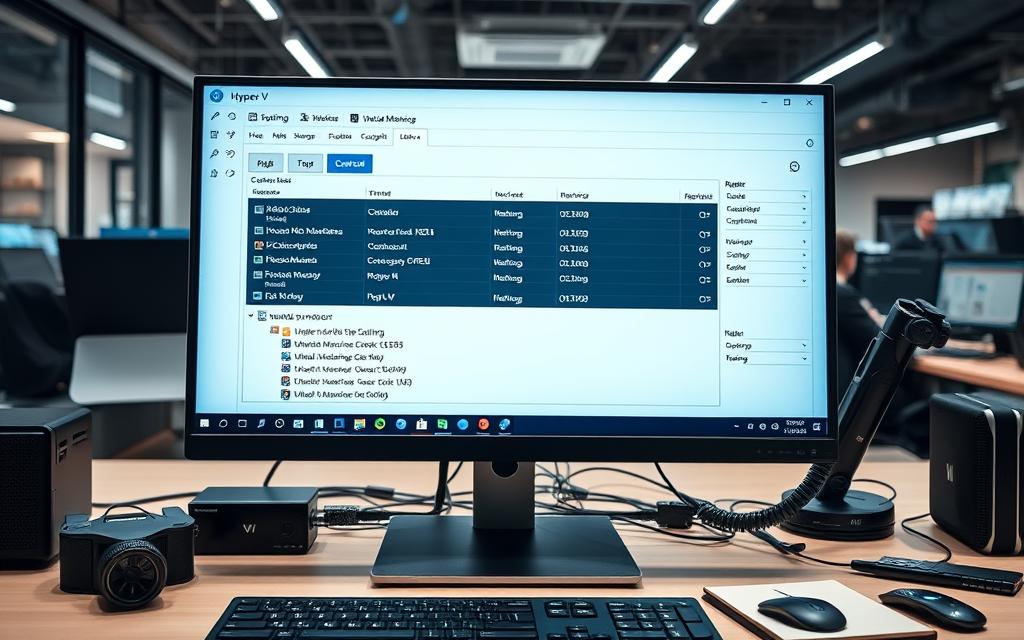
For more tips on Hyper-V management, check out this guide. Following these steps improves your chances of fixing problems and boosts virtual machine management on non-domain computers.
Additional Troubleshooting Steps for Hyper-V Not Working on Windows 10
Fixing Hyper-V issues needs looking at the whole picture. Begin by checking the BIOS settings. They play a key role in the virtualisation process.
Verifying BIOS Settings
Wrong BIOS settings can really block Hyper-V. Make sure your BIOS has the right settings for virtualisation. This includes Intel VT-x or AMD-V, based on your processor. After changes, fully shut down and restart your computer to apply them.
Uninstalling Conflicting Virtual Machine Applications
Having apps like VirtualBox or VMware alongside Hyper-V can cause problems. Check for any such software and remove them to aid Hyper-V. Doing this, then confirming Hyper-V works properly, can fix most issues.
Checking Windows Updates
Updates to Windows might mess with Hyper-V. It’s smart to review recent updates. Some might need removal to get Hyper-V back on track. Also, keep checking for new updates but watch out for ones that could trouble Hyper-V. For more help, check this guide.
Conclusion
Facing Hyper-V issues on Windows 10 needs a step-by-step approach to fix the root problems. It’s important to identify common issues like errors with the hypervisor and problems when launching virtual machines. This lets users apply the right Hyper-V fixes to get their virtualisation working again. It helps to talk with others and learn from their experiences to improve how you solve problems.
For a better Hyper-V experience, regular upkeep is key. Keep services running, turn on necessary features, and remove apps that cause conflicts. This makes your virtual space more reliable. Success stories often come from simple actions like copying configuration files or activating Data Execution Prevention (DEP) in the BIOS. These actions are vital for a smooth Hyper-V operation.
Being proactive, by updating your BIOS settings and ensuring there’s enough storage, reduces the chances of failures. Getting advice from user forums boosts your confidence in dealing with Windows 10 virtualisation issues. By following these guidelines, users can fully utilise Hyper-V for their virtualisation needs.
FAQ
What causes the Hypervisor not to run on Windows 10?
Several factors cause the hypervisor not to run. These include wrong system settings, the Hyper-V service not being on, or other virtual machine apps like VMware interfering. It’s critical to make sure everything is set up correctly.
How can I troubleshoot issues with launching virtual machines in Hyper-V?
Start by checking if the Hyper-V service is working. If not, activate it and set it to auto. Also, make sure Hyper-V is turned on in Windows features. Update settings that could be causing trouble.
What steps should I take to enable the Hyper-V feature on my system?
Go to “Turn Windows features on or off” in system settings. Check both Hyper-V Platform and Hypervisor options. If they’re on but not working, turn them off and on again. Then, restart your computer.
How can I use the Command Prompt to resolve Hyper-V configuration issues?
Use Command Prompt and type `bcdedit /set hypervisorlaunchtype auto` to fix hypervisor launch issues. The DISM tool also helps enable Hyper-V systematically. This can solve hidden problems.
Why is checking BIOS settings important for Hyper-V?
BIOS settings need to enable virtualization for Hyper-V to work. Make sure Intel VT-x or AMD-V is on, depending on your processor. After changing BIOS settings, fully shut down and restart your PC.
Can multiple virtual machine applications interfere with Hyper-V?
Having various virtual machine apps, like VirtualBox or VMware, can cause Hyper-V to not work well. Remove any apps that cause issues. Make sure Hyper-V runs without problems after.
What should I do if recent Windows updates affect Hyper-V?
Check your update history if Windows updates interfere with Hyper-V. It might be necessary to remove recent updates. Always watch out for updates that could affect Hyper-V and fix problems quickly.


